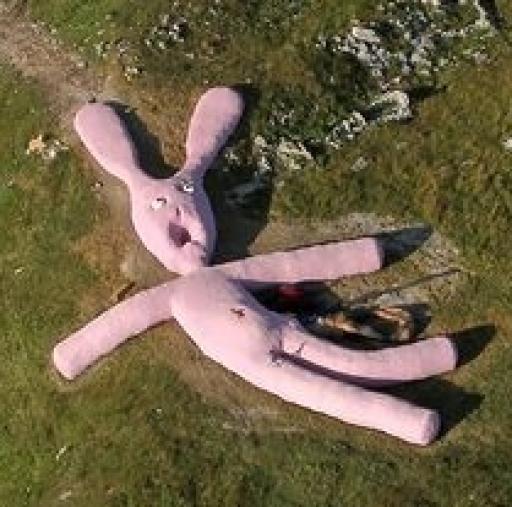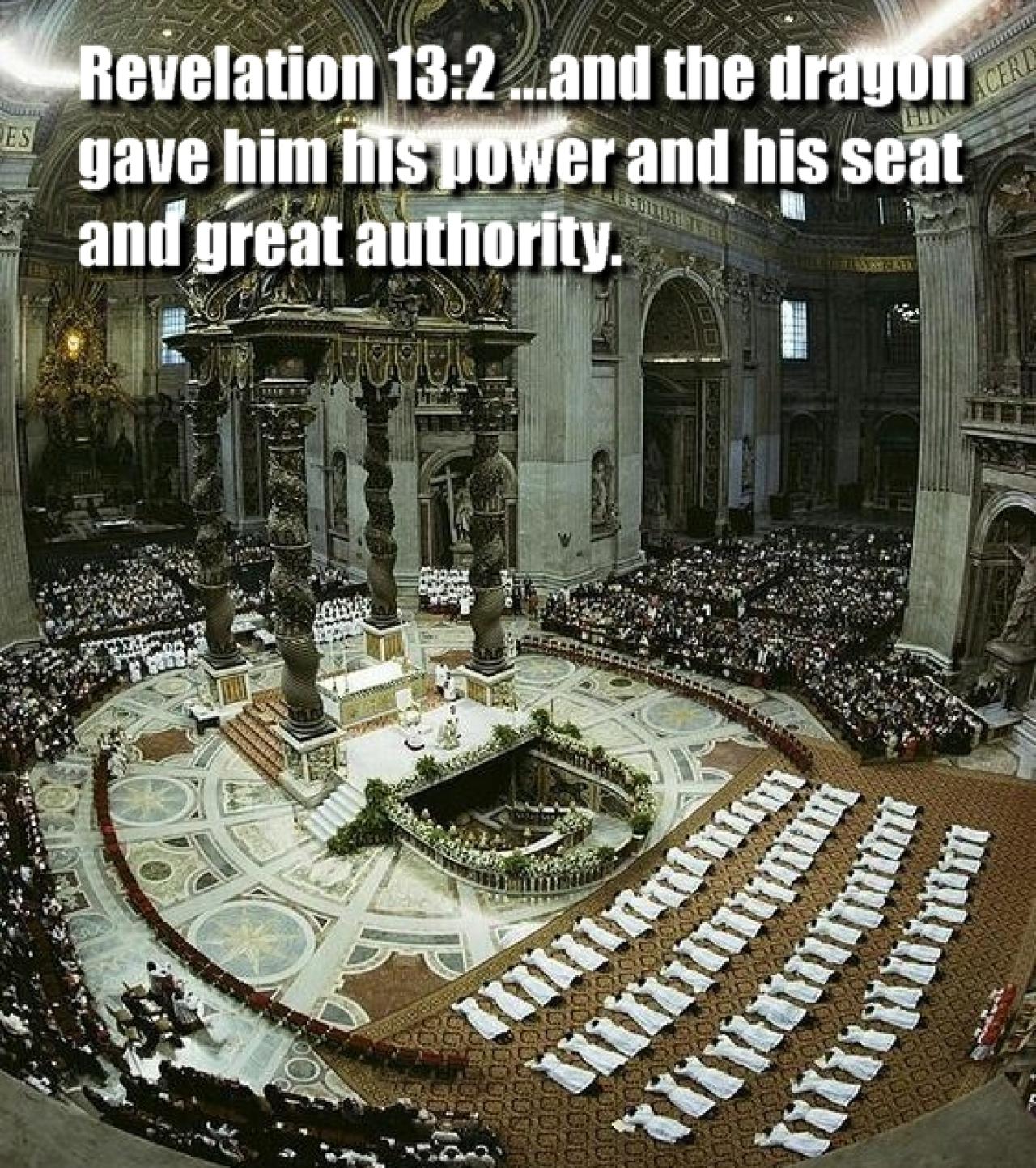

Peter was not the first pope. There were bishops in Rome during the early centuries of Christianity, just as there were in other major centers, but they were not popes in the sense used today.
The centralization of power began with the rise of single bishops rather than a plurality of elders (presbyters), to oversee a local congregation. Then came the introduction of diocesan bishops, then metropolitans, and finally the 5 patriarchs, of which the bishop of Rome was but one.
Later, Rome was given the highest place of honor, with Constantinople second, being the Western and Eastern centers of the empire - The Second Ecumenical Council, Constantinople, Canon III, 381 AD
Pagan Rome had at first persecuted Christians but under Constantine in the 4th century, a paganized form of Christianity started to develop. It eventually became accepted by the state starting with the Edict of Thessalonica in 388 AD.
Leo 1 (440 to 461) pronounced obedience to his authority as "pope" necessary for salvation. His bold claim was ignored by many, but this was evidence that the presumptuous papal power was rising.
The apostate syncretism between paganism and Christianity, which had developed in Rome, was given legal force by the CODE OF JUSTINIAN . In AD 533, Roman emperor Justinian I (not Christ), proclaimed John the Bishop of Rome, (not Peter), to be the supreme head of all the churches . Even then the papacy was not fully established.
Political strife existed and it was still not yet settled where the center of the Roman empire should be. Fierce political winds still blew back and forth between Constantinople and Rome. In 588 AD, John IV the Faster, patriarch of Constantinople, was given the title of "ecumenical" or "universal bishop".
Then, after a reversal of political fortunes, Emperor Phocas (not Christ) transferred this title back to the Bishop of Rome, Boniface III (not Peter), declaring him "Head of all the Churches" and "Universal Bishop" in AD 606 .
Then began the era of papal supremacy which led to wars, crusades, and cruel inquisitions with horrors beyond description for those who dared to oppose the papal apostasy. The world empire of Pagan Rome, which the dragon (Satan) worked through, had transferred its throne and great authority to Papal Rome, just as foretold.
Rev. 13: 2 The dragon gave the beast his power and his throne and great authority.
This throne and authority did not come from Peter (or Christ) but later came to be misrepresented as the throne (or chair) of St. Peter .
Today, millions blindly accept this deception built upon the shameless lie of apostolic succession . However, the chair or throne from which Peter is said to have ruled did not even exist in his day. The fake relic was actually a gift from Holy Roman Emperor Charles the Bald to Pope John VIII in 875.
The chair serves the master, the dragon which transferred his power to papal Rome. The chair and the pope who represents it, do not serve Christ but instead commit unspeakable evil in his name (downloadable PDF).
Underneath the facade of Rome's apostate Christianity, hides the mystery religions of pagan Rome , with all their despicable practices and licentious rites. The popes and their prelates rule an empire of evil but hide behind a pretense of holiness. They are proverbial wolves in sheep's clothing. Their true master is Satan and their supposed authority over Christians is a sham.
2 Corinthians 11:15 ...for Satan himself masquerades as an angel of light. It is not surprising, then, if his servants masquerade as servants of righteousness
